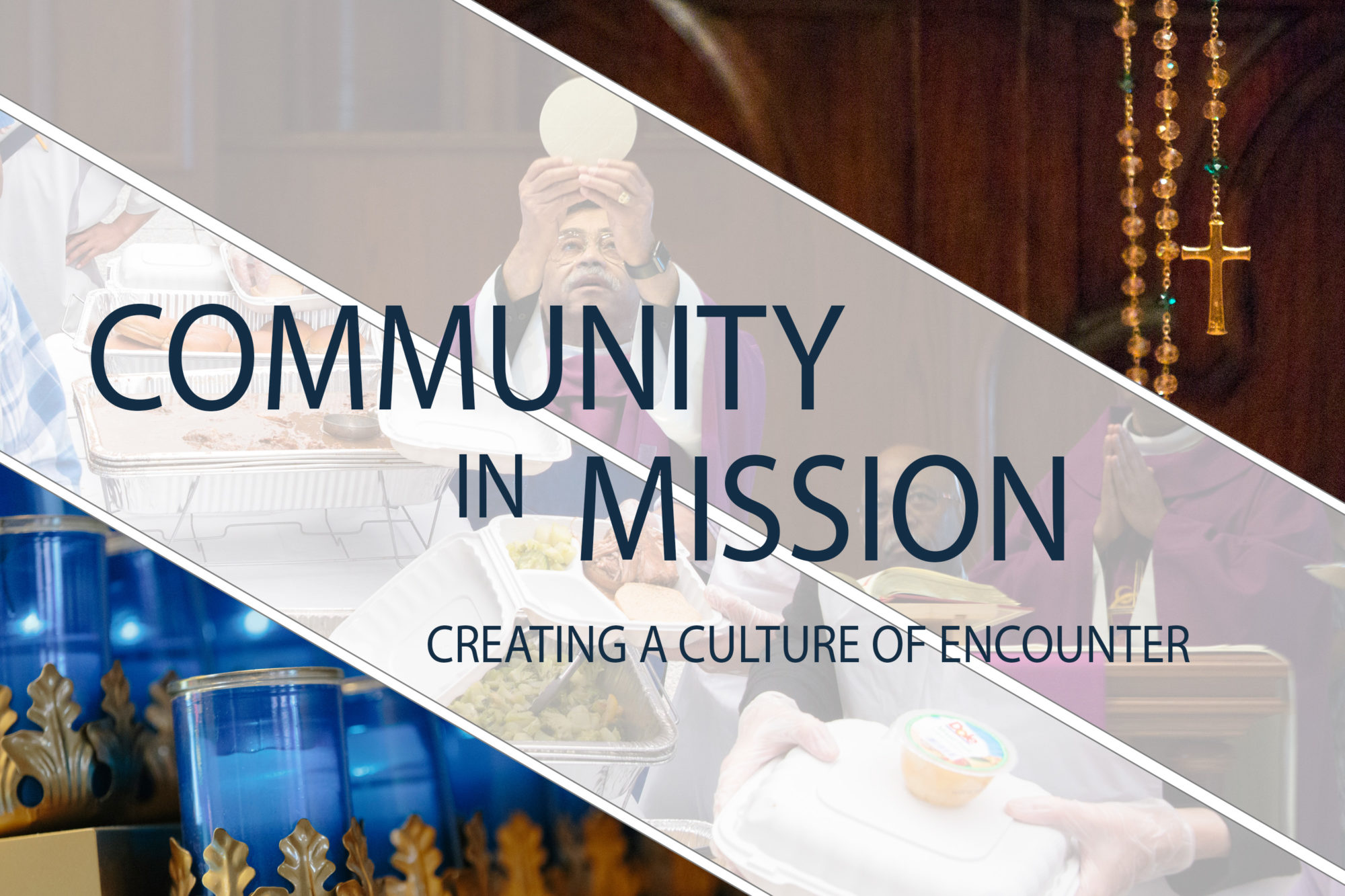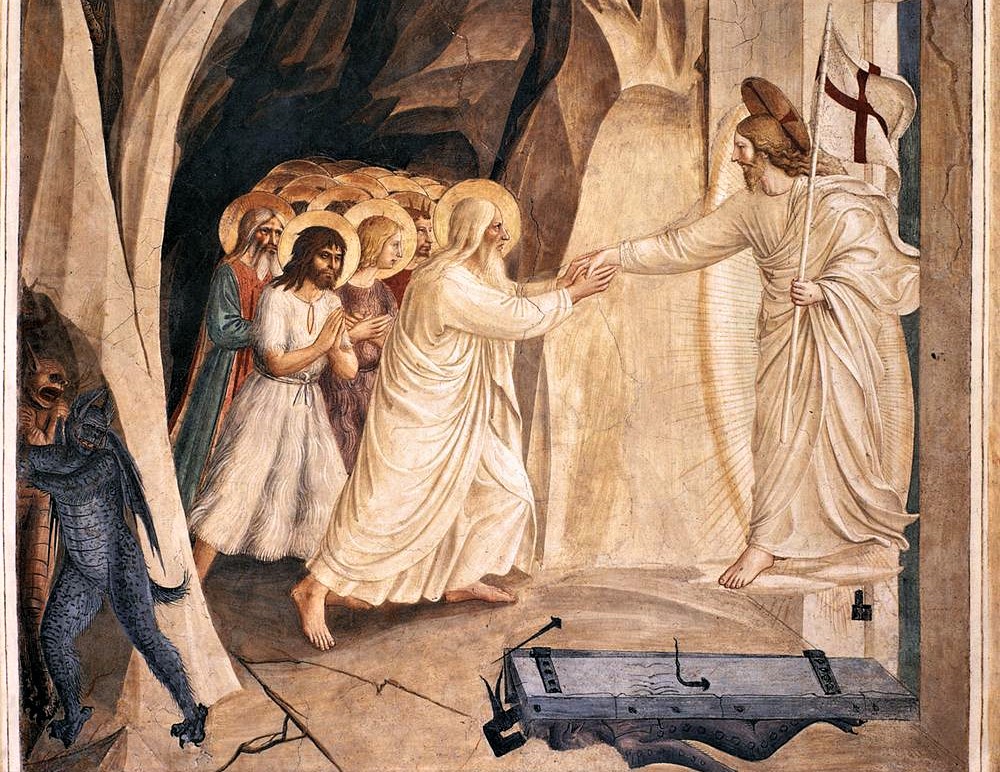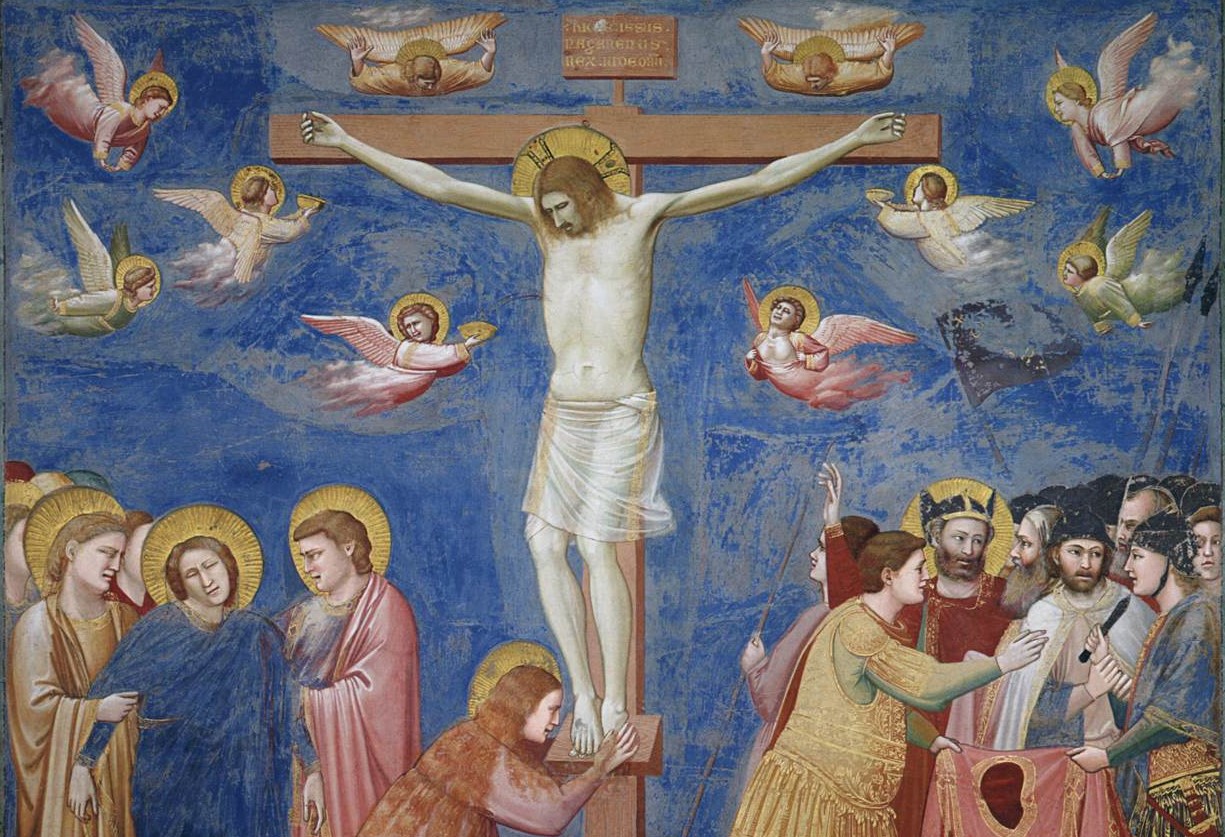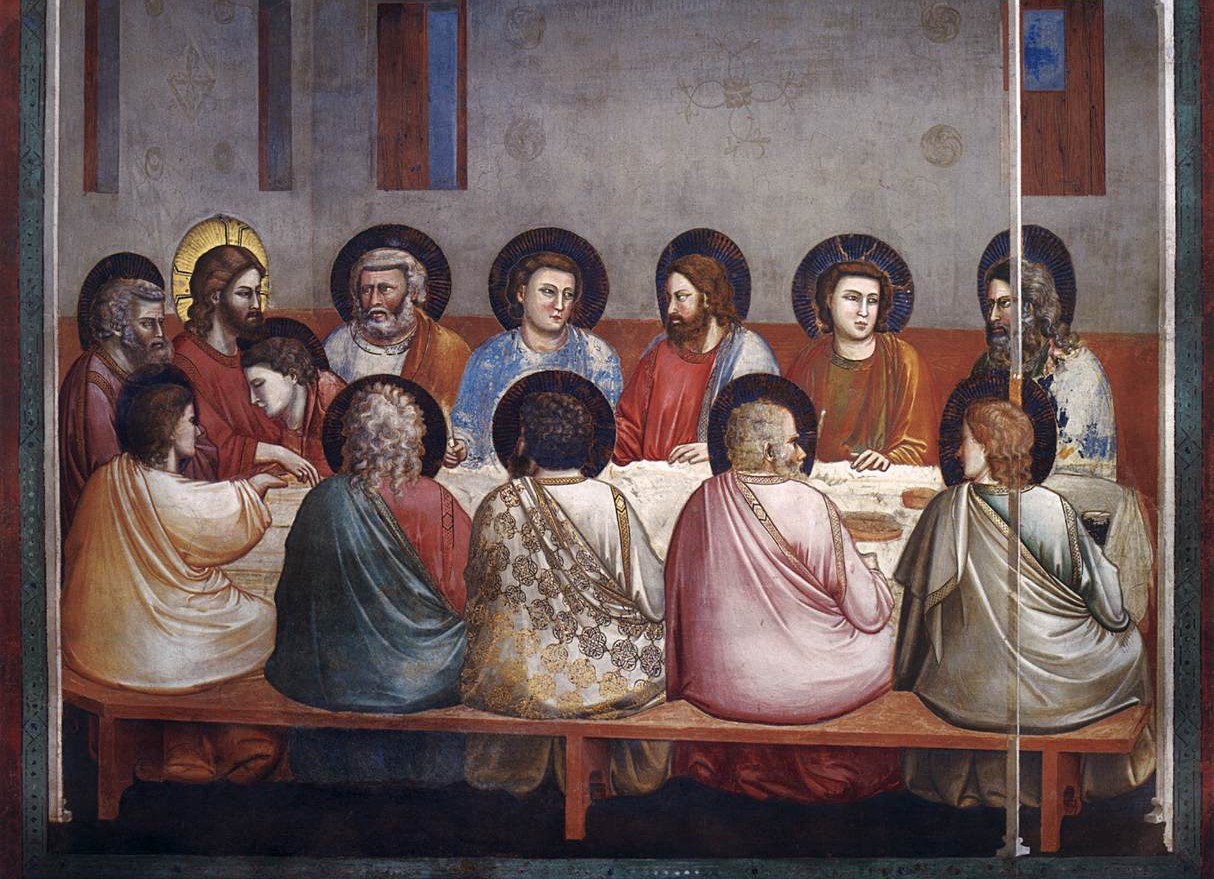According to the Synoptic Gospels, sundown of Holy Thursday ushered in the Passover. Later on this evening, the Lord will celebrate the Passover meal with His disciples. We ought to be mindful that the unleavened bread Jesus will take in His hands is called “the bread of affliction.” Scripture says, You shall eat [the Passover] with unleavened bread, the bread of affliction—for you came out of the land of Egypt in haste—that all the days of your life you may remember the day when you came out of the land of Egypt (Dt 16:3).
Indeed, this is an evening of affliction for Jesus. Much transpires at the Last Supper that is emblematic of our human foibles and sinful tendencies, but thanks be to God, He takes this “bread of affliction” we dish out to Him and lifts it to the glory of the Sacrament of His Body and Blood.
Before being too critical of the Twelve, remember that we can be like them in many ways. Keep that in mind as you read through the commentary below; A large part of what I’ve written about the apostles applies to us as well. Indeed, they are we and we are they; and the Lord loved all of us to the end.
So on Holy Thursday let’s examine the sequence of events. It illustrates pretty well why the Lord had to die for us. We will see how earnest the Lord is about this Last Supper, how He enters it with an intense love for His disciples and a desire that they heed what He is trying to teach them. We shall also see, however, that they show forth a disastrous inattentiveness and a terrible lack of concern for the Lord.
COMING CLOUDS – Jesus knows that His hour has come; this will be His last meal. Judas has already conspired and been paid to hand Him over. Scripture says, Before the feast of Passover, Jesus knew that his hour had come. He always loved those who were his own, and now he would show them the depths of his love. The devil had already induced Judas, son of Simon the Iscariot, to hand him over (John 13:1). Thus, in the gathering storm Jesus plans His last meal, which will also be the first Holy Mass. He sent two of His disciples and said to them, “Go into the city, and a man carrying a jar of water will meet you; follow him, and wherever he enters, say to the householder, ‘The Teacher says, “Where is my guest room, where I am to eat the Passover with my disciples?”’ And he will show you a large upper room furnished and ready; there prepare for us” (Mark 14:13-15).
CARING CONCERN – This last supper is obviously important to Jesus. Luke records these heartfelt words: And he said to them, “I have earnestly desired to eat this Passover with you before I suffer; for I tell you I shall not eat again until it is fulfilled in the kingdom of God” (Luke 22:15-16). Yes, this will be a very special moment for Jesus.
COSTLY COMMUNION – Jesus, reclining at table, will now celebrate the Holy Eucharist for the first time—but it is to be a costly communion. He has already lost many disciples because of what He taught on the Eucharist (cf John 6:50ff). After the consecration at this Last Supper/first Mass, Jesus looks into the cup at His own blood, soon to be shed, and distributes His own body, soon to be handed over. This is no mere ritual for Him. Every priest before Jesus has offered a sacrifice distinct from himself (usually an animal, sometimes a libation), but Jesus the great High Priest will offer Himself.
COLLABORATIVE CONDESCENSION – During the meal Jesus rises and then stoops to wash the disciples’ feet. He instructs them to see in this action a model for those who would collaborate with Him in any future ministry. John records it this way: He rose from the supper and took off his outer garments. He took a towel and tied it around his waist. Then he poured water into a basin, and began to wash the disciples’ feet, and to wipe them with the towel with which he was girded (John 13:5).
Jesus then teaches the disciples: Do you know what I have done for you? You call me Teacher and Lord; and you are right, for so I am. If I then, your Lord and Teacher, have washed your feet, you also ought to wash one another’s feet. For I have given you an example, that you also should do as I have done to you (John 13:12-15). Just moments from now, we will see them demonstrate a complete disregard for what Jesus has just tried to teach them.
CALLOUS CRIME – Back at table after having taught them that they must wash one another’s feet, Jesus suddenly becomes troubled in spirit and says, I tell you the truth, one of you is going to betray me (John 13:21). This causes a commotion among the apostles, who begin to ask, “Who can it be?” As the anxiety builds, Simon Peter motions to John and says, “Ask Him which one He means.” Leaning back against Jesus, John asks Him, “Lord, who is it?” Jesus responds, “It is the one to whom I will give this piece of bread when I have dipped it in the dish.” Then, dipping the piece of bread, he gave it to Judas Iscariot, son of Simon. As soon as Judas took the bread, Satan entered into him. “What you are about to do, do quickly” Jesus told him (John 13:24-30).
CONFOUNDING COMPETITION – As Judas takes the morsel of bread and heads out into the night, no one even tries to stop him! Despite the fact that Jesus has clearly identified His betrayer, no one rises to block the door or even utters a word of protest. Why not? Luke supplies the answer: A dispute arose among them as to which of them was to be regarded as the greatest (Luke 22:24). They should be concerned about Jesus’ welfare but instead they argue about which of them is the greatest.
How confounding! How awful! Yet is that not our history? Too often we are more concerned with our own welfare or status than with any suffering in the Body of Christ. So much that is critical remains unattended to because of this. Jesus has just finished teaching the apostles to wash one another’s feet, and the next thing you know, they’re arguing as to who among them is the greatest. Jesus patiently reminds them, The kings of the Gentiles exercise lordship over them; and those in authority over them are called benefactors. But not so with you; rather let the greatest among you become as the youngest, and the leader as one who serves. For which is the greater, one who sits at table, or one who serves? Is it not the one who sits at table? But I am among you as one who serves (Luke 22:25-27). Meanwhile, due to their egotistical response, Judas has escaped into the night.
CAUSTIC CONTENTIOUSNESS – Jesus continues to teach at the Last Supper. He surely wants to impress upon them His final instruction. How He must long for them to listen carefully and to internalize what He is teaching! Instead, all He gets are arguments. Both Thomas and Phillip rebuke Him. John records this outrage:
Jesus said, “Do not let your hearts be troubled. Trust in God; trust also in me. In my Father’s house are many rooms; if it were not so, I would have told you. I am going there to prepare a place for you. And if I go and prepare a place for you, I will come back and take you to be with me that you also may be where I am. You know the way to the place where I am going.” But Thomas said to him, “Lord, we do not know where you are going; how can we know the way?” Jesus said to him, “I am the way, and the truth, and the life; no one comes to the Father, but by me. If you had known me, you would have known my Father also; henceforth you know him and have seen him (Jn 14:1-8).
Thomas rebukes the Lord by saying, in effect, “We have no idea where you’re going; when will you show us the way?” Jesus answers, but Philip will have none of this promise to see the Father and boldly says, “Lord, show us the Father, and then we shall be satisfied.” Jesus, likely saddened by this, says to him, Have I been with you so long, and yet you do not know me, Philip? He who has seen me has seen the Father; how can you say, ‘Show us the Father’? (John 14:8-9) Jesus’ own apostles are being argumentative and contentious. They are caustic and seem to rebuke Him.
COMICAL CREDIBILITY GAP – Undeterred, Jesus embarks on a lengthy discourse (recorded by John) that has come to be called the priestly prayer of Jesus. At the end of it, the apostles—perhaps ironically, perhaps with sincerity—remark, Now at last you are speaking plainly, not in any figure. Now we know that you know all things, and need none to question you; by this we believe that you came from God (John 16:29-30). However, Jesus knows that their praise is hollow and will not withstand the test.
There is a quite a lack of credibility in what the apostles say; it is almost comical. Jesus replies to them, Do you now believe? The hour is coming, indeed it has come, when you will be scattered, every man to his home, and will leave me alone (John 16:31-32). Peter protests, saying, Though they all fall away because of you, I will never fall away (Matthew 26:33). Here is another almost comic lack of credibility: [Jesus says to Peter,] Truly, I say to you, this very night, before the cock crows, you will deny me three times. [Still insistent, Peter replies,] “Even if I must die with you, I will not deny you.” And so said all the disciples (Matthew 26:34-35). Well, you know the story, and you know that only John made it to the cross.
CLUELESS CATNAP – They finally reach the garden and the foot of the Mount of Olives. Jesus says to Peter, James, and John: My soul is very sorrowful, even to death; remain here, and watch with me (Mat 26:38). They seem oblivious to His suffering, though, and doze off. Attempts to arouse them are unsuccessful; they sleep on.
Here we are at the pivotal moment of all human history and the first clergy of the Church are sound asleep. (Things have not changed, my friends.) Indeed, many are in a state of moral, spiritual, and emotional sleep as Christ still suffers throughout the world and is conspired against. Jesus says,
Are you still sleeping and resting? Look, the hour is near, and the Son of Man is betrayed into the hands of sinners. Rise, let us go. See, my betrayer is at hand” (Mat 26:45-46).
COMPASSIONATE CONSTANCY – Jesus went on and died for the likes of them and all of us. I wonder if He had this Last Supper in mind when He said to the Father, Forgive them, they know not what they do. It is almost as if He is saying, “They have absolutely no idea what they are doing or thinking, so have mercy on them, Father.”
What a grim picture the Last Supper paints of us! It’s a disaster, really, but the glory of the story and the saving grace is this: The Lord Jesus Christ went to the cross regardless. Seeing this terrible portrait, can we really doubt the Lord’s love for us?
May your Holy Thursday be blessed. Never forget what Jesus endured!
Cross-posted at the Catholic Standard: Passiontide Chronology: Holy Thursday



